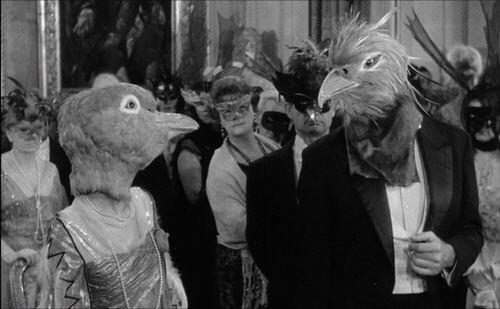
There’s a beautiful interview with the musician Robyn Hitchcock in the LA Review of Books. He talks about how the music business has changed and how he’s changed his own practice. But it was this sentence that really caught my attention.
People measure their lives out in fashion and in pop culture.
There’s a contingent that believes that the spirit of rock and roll has moved to the technology business and specifically the manifestation of creativity through the inter-network of connected computers. Even some in the rock music business have held that belief.
On the one hand we have the perception of geniuses moving the focus of their attention from one thing to another. The older view is that the genie moves and occupies a new home. In this view, it’s people who are attracted by the genius of a place.
Here’s a longer piece of Hitchcock’s quote from the LARB interview. When he comes to the current generation of young people, he says they will measure their lives in units of climate change. Sometimes you choose things; sometimes things choose you.
As they say, “Nostalgia’s not what it used to be.” Pop culture is now about the same age as I am. I was born in 1953, and rock ’n’ roll seems to have bubbled into being around the same time. Not many people around now actually remember when it started.
People measure their lives out in fashion and in pop culture. They have since World War II, since there’s been no enormous eruption to shatter everything. And everything has been recorded and then re-recorded or adapted to be on a new format, so sound recordings would go from being on a 33 1/3 LP to being on a cassette to being on a CD that came from the quarter-inch tape. But it keeps getting upgraded; you can listen to it on LP again now. It’s just that there’s now so much of it — people’s lives are measured out in, “Oh yeah, do you remember the Specials?” “Oh, right.” “Cyndi Lauper.” “Oh, I lost my virginity to ‘Time After Time’.” I mean, I didn’t personally, but you know, somebody probably did. Or “I had the best hangover of my life after going to see Blur.” You see people feeling about the Stone Roses the same way that I felt about the Jefferson Airplane, and you see those people also getting older. I look around at the punks now, who are a few years younger than me, and they’re all coming up 60. There was a time when punks made me feel old, because I was such a determined Class of ’67 guy and I couldn’t really embrace ’77 fully.
It’s the currency. My parents’ generation had the war, my generation just had drugs, the next generation had irony, and the ones after that have got climate change. [laughs]
What does it mean to measure out your life in units of climate change? Before the apocalyptic moment, we get a call for absolute discipline in an effort to extend the runway, to defer the moment when the world as we know it, ends. But if you look at the way past generations have measured themselves, there was always a sense of freedom, adventure and possibility.

At first, the measure of climate change presents itself as the end of freedom. Now we have to buckle down and impose the hard austerity that will save this world of ours. Any creativity is backwards looking. But the younger generation tends to gravitate toward the post-apocalyptic moment. After things have fallen apart, a different kind of freedom and possibility emerges. A new generation gap appears, and youth forges a new measuring stick.
On the other hand, for T.S. Eliot, it was coffee spoons.
Comments closedFor I have known them all already, known them all:
Have known the evenings, mornings, afternoons,
I have measured out my life with coffee spoons;
I know the voices dying with a dying fall
Beneath the music from a farther room.
So how should I presume?





